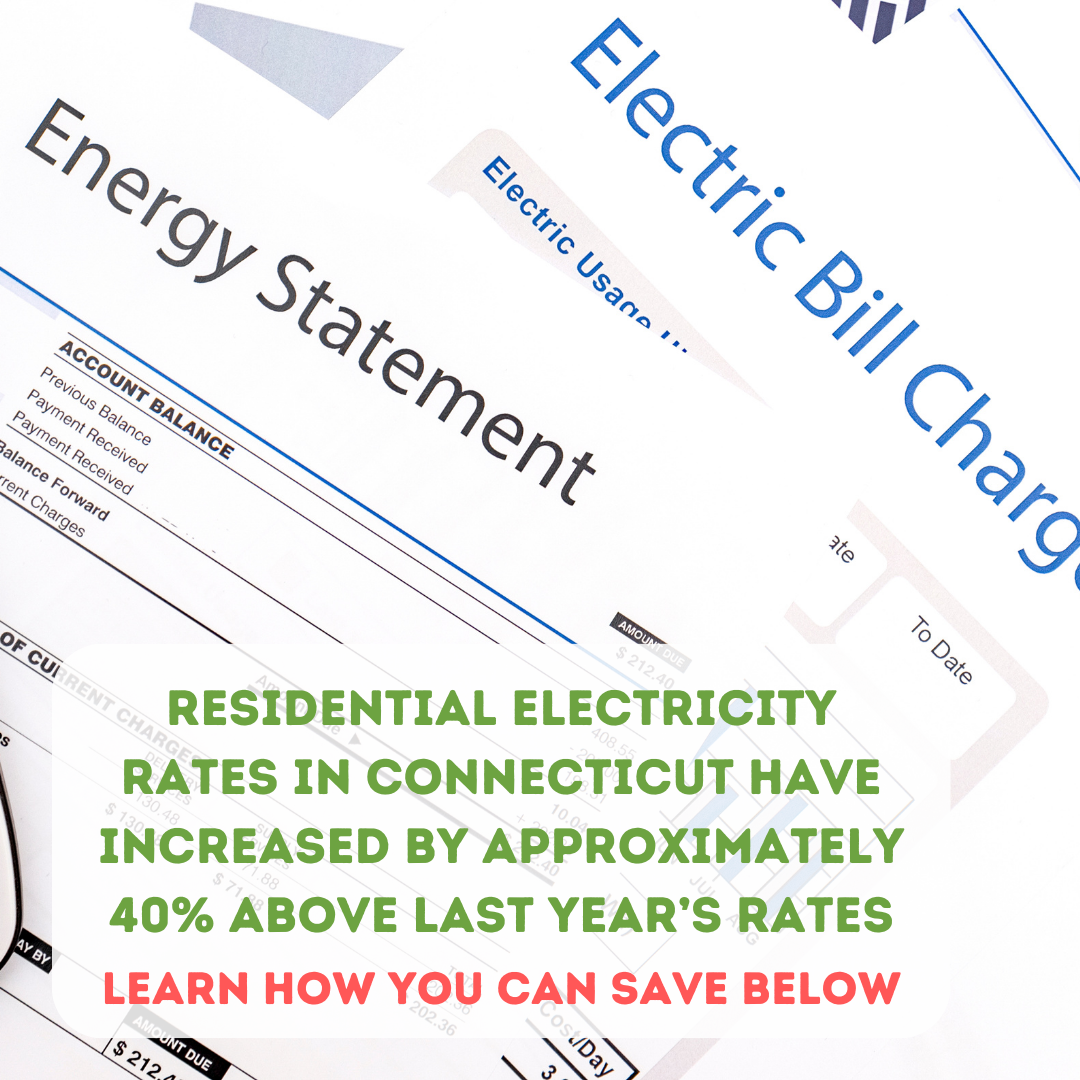NEWS
In-Home Energy Performance Assessment? Yes!

You have probably noticed that residential electricity rates in Connecticut have increased by approximately 40% above last year’s rates, and while Governor Lamont and other state officials have announced that they are going to do more for customers in the state to provide short-term relief, there is action you can take as an individual to help lower your utility bills this winter. The HERS program is regarded as the easiest, fastest, cheapest way to reduce your home energy bill.
An in-home energy performance assessment (sometimes referred to as an energy audit) helps make your home more energy efficient by identifying and correcting “problem” areas as well as making recommendations that reduce energy consumption resulting in lower energy bills. It’s an examination of your home, the heating and cooling systems as well as insulation and appliances.
What happens during an in-home energy performance assessment?
The assessment starts with a walk-through inside and outside the home by a utility-approved technician to determine any obvious visible problem areas as well as an examination of heating and cooling systems and insulation levels. The second part of the audit involves a blower door test, in which the technician determines how tight the structure’s envelope is by checking for air leakage. The front door is sealed and a large fan is placed inside which pulls interior air out, lowering the air pressure inside the home and forcing outside air to come through any cracks or holes. The technician will then go around and seal as well as add weather stripping to exterior doors. This part of the assessment may also involve air flow measurement which tests air flow and your duct system. The third part of the assessment is a thermographic scan to measure energy consumption using equipment like infrared cameras, surface thermometers and furnace efficiency meters. In addition, the technician provides helpful information on LED lighting, water saving measures and identification of older appliances. At the end of the audit, you are provided a comprehensive Home Energy Report of the work that’s been done as well as other “deeper” energy-saving options that you might want to consider including REBATE information.
My experience with an in-home energy performance assessment:
We did our 1st home energy performance assessment 9 years ago and again this past December. With this most recent assessment, the technician climbed up into our unfinished attic space and caulked around the chimney (where it meets the roof) resulting in an estimated annual savings of $487! The technician insulated a water pipe in the basement netting another estimated savings of $22, as well as replacing weather stripping at the front and back doors. They recommended insulating the basement ceiling and replacing our old, energy inefficient washing machine and refrigerator and the one remaining window in our house that hadn’t been replaced (a source of heat escape). They provided us with Rebate forms for all four suggested upgrades and replacements.
Is an in-home energy performance assessment worth doing?
Absolutely! For just a $50 co-pay the average home receives approximately $1000 in services and realizes $200-$500 in savings on their annual energy bill. There are programs for both income eligible households and multifamily properties. For more information on the Home Energy Solutions Program and to schedule an appointment visit EnergizeCT.
Are you passionate about residential energy and the rising costs of electricity in our homes? Maybe you are interested in spreading the word on sources of clean, renewable energy? Join the Sustainable Westport Residential Energy team as we work to educate, inspire and support residents to increase their home’s energy efficiency, save money and advance Westport’s resolution to reach net zero by 2050.